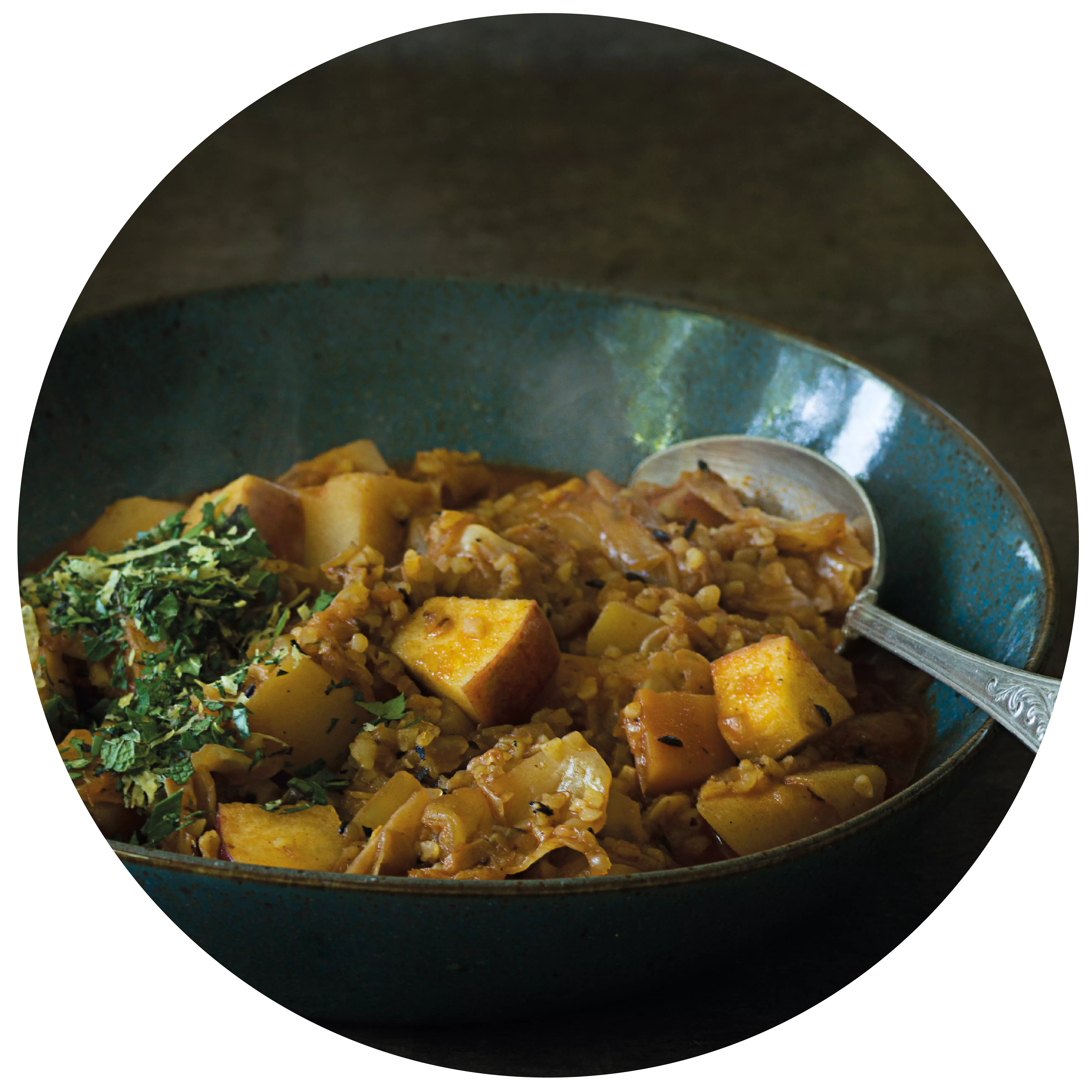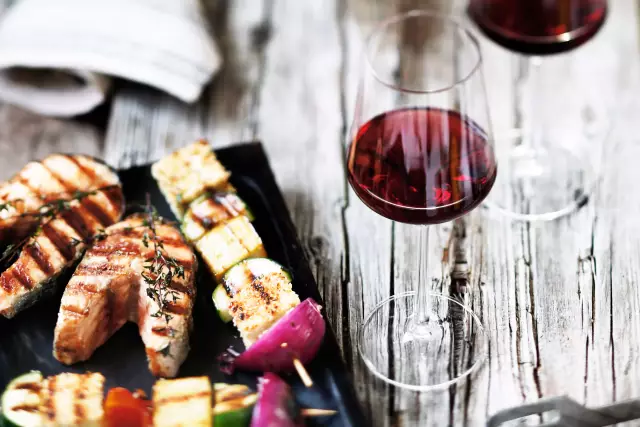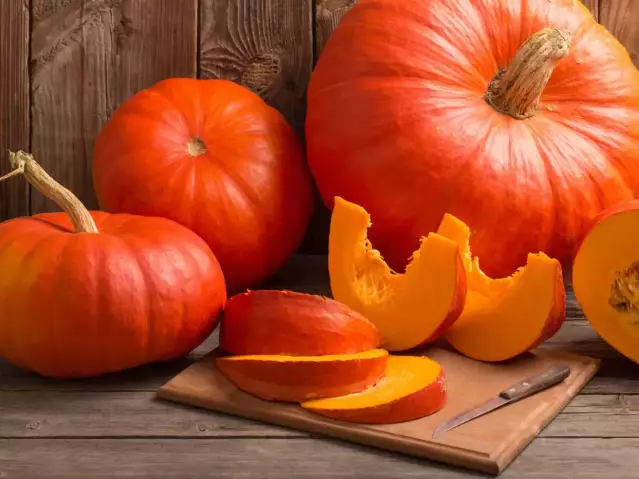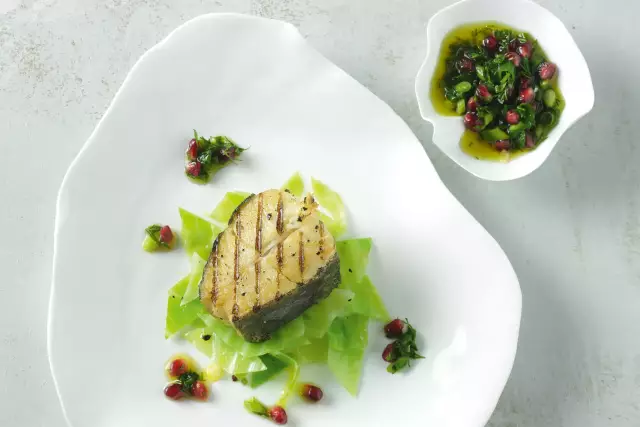Chocolate & Wine

Silky finish, incomparable sweetness, fine spices - wine or chocolate? Both can be described very well with these enjoyable attributes. And because these flavor components not only harmonize very well with each other in terms of taste, but even enhance each other, the combination of chocolate and wine promises completely new pleasurable experiences - you will simply melt away!
Facts
-
1544
was the first time, when chocolate was drunk at the Spanish court
-
7 Euro
costs a kilogram of cocoa beans
-
48 %
cocoa mass is founded in dark chocolate
The Chocolate Side of Wine
For a long time, the combination of chocolate and wine was considered incompatible. Admittedly, harmonious combinations of dry, fresh white wine with the melting and sweetness of chocolate are rather rare. The troublemaker in this relationship is the acidity of the wine, which can be pointed and dissonant in such a pairing.
Real Seduction Artists
But the liaison of chocolate with the melting and lush power of a noble sweet wine such as a Beerenauslese or even a Trockenbeerenauslese is truly seductive. Red wines are also a welcome companion to chocolate. Basically, the sweeter the chocolate, the sweeter and milder the acidity of the wine should be, so that the delicate balance is maintained.
A little gourmet tip from chocolate maker Eberhard Schell: Initially, you should taste the wine on its own. Then melt the chocolate in your mouth and sip the wine again. And then: just enjoy! Another sip of wine enhances the taste experience.
Chocolate is looking for Wine
Milk chocolate impresses with its silky finish and mild sweetness. Milk chocolates with a cocoa content of 32 to 49 percent harmonize perfectly with strong white wines from the Pinot family, but also with Riesling. The wines should also have a melty, creaminess, a subtle acidity and fine fruit notes. Mild Auslesen made from Riesling or Pinot Gris grapes, for example, are a good match. When it comes to red wine, varieties such as Lemberger, Cabernet Sauvignon, Merlot or Cuvées, that are low in tannins but can have a light vanilla note, are suitable.
Dark chocolates with 55 to 75 percent cocoa are wonderfully combined with fruity wines that bring some residual sweetness. Even sweet wines and fruity red wines like to enter into a liaison with these semi-sweet dark chocolate types, especially if they contain fruit.
Lovers of dark bitter chocolate containing up to 85 percent cocoa, swear by the pairing with dense, expressive red wines with smooth, but clearly perceptible tannins: dry Dornfelder and Lemberger, aged in barrels or wooden barrels, result in a wonderful balance with bitter chocolate.
A "Dream Wedding in White" - comes to mind if you let white chocolate melt on your tongue together with a fine fruity Riesling ice wine. The harmonic play arises here through the sweetness and finesse in both the wine and the chocolate.
No Problem when Choosing a Partner
Regardless of whether the chocolate is whole milk, dark bitter or nut: an aromatic wine goes with almost every sort. Particularly harmonious are Traminer, Muskateller and Scheurebe.
Chocolate maker Eberhard Schell: "Aromatic varities such as Traminer, Muskateller and Scheurebe combined with the right chocolate, achieve the best possible taste."
Eberhard Schell, Schell Chocolate Manufacturer
How does the wine get a chocolate touch?
Like vanilla or tobacco aromas, chocolate notes are usually created by aging and maturing the wine in barrique barrels. Among other things, roasted aromas are responsible for this, which arise from the toasting of the wood and are reminiscent of roasted cocoa beans.
Varietals

More recipe ideas
with wild mushrooms Cream of potato soup
with wild mushrooms
- 300 Gramm geschälte Kartoffeln
- 100 Gramm Wurzelgemüse
- 100 Gramm Waldpilze
- 1 ganze Zwiebel
- 1 ganze Knoblauchzehe
- 30 Gramm Speckwürfel
- 40 Gramm Margarine
- 750 ml Brühe
- 200 ml Sahne
- 1 Zweig Thymian
- nach Belieben Petersilie, Butter, Salz, Pfeffer, Muskat
Clean, wash and finely dice the root vegetables. Finely dice the onion and garlic clove and finely chop the thyme. Sauté the diced bacon with the margarine in a pan until lightly browned, add the diced onion, garlic, root vegetables and thyme. Sauté, add the stock and cook for 2 minutes.
Finely grate the potatoes, add to the soup and cook for a further 5 minutes, add the cream, season and flavour. Clean, wash and chop the mushrooms and sauté in a pan with butter. Season with salt and pepper, sprinkle with chopped parsley and pour over the soup when serving.
- Riesling (trocken)
- Riesling (halbtrocken & feinherb)
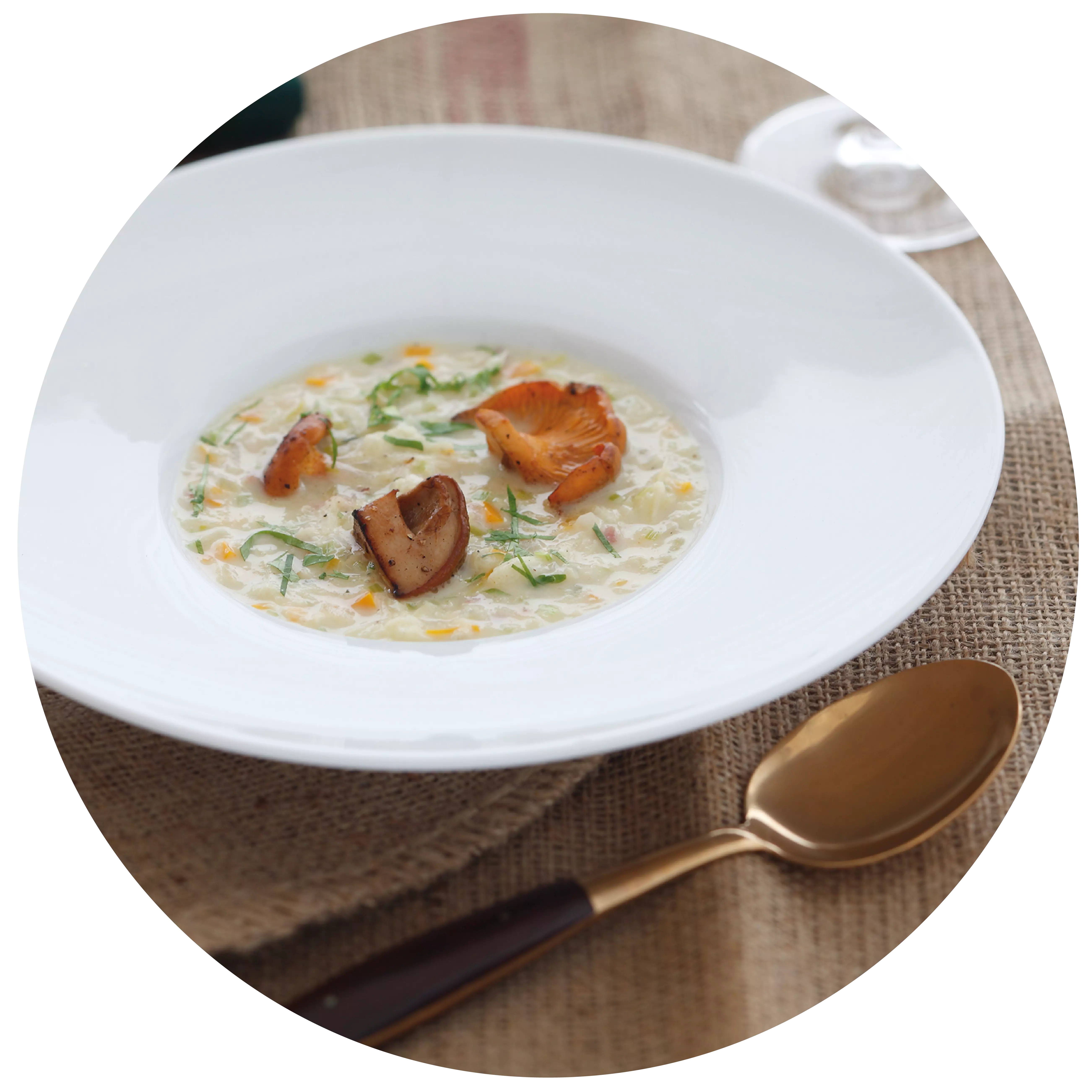
with semi-dry wines Flädlesuppe
with semi-dry wines
- 1 Bund Schnittlauch
- 1 Liter Fleischbrühe
- 150 Gramm Weizenmehl
- 300 ml Milch
- nach Belieben Speckschwarte zum ausreiben der Pflanne
- Etwas Salz
Make a smooth, not too thick batter from the flour, milk, eggs and a pinch of salt. Heat a heavy frying pan on a high heat, rub with bacon fat, pour in a small dollop of batter, allow to spread and fry thin pancakes (flädle).
<p
<p>Leave the pancakes to cool, halve and cut into thin strips.
Place in clear, very hot meat stock and serve immediately.
<p- Trollinger (halbtrocken & feinherb)
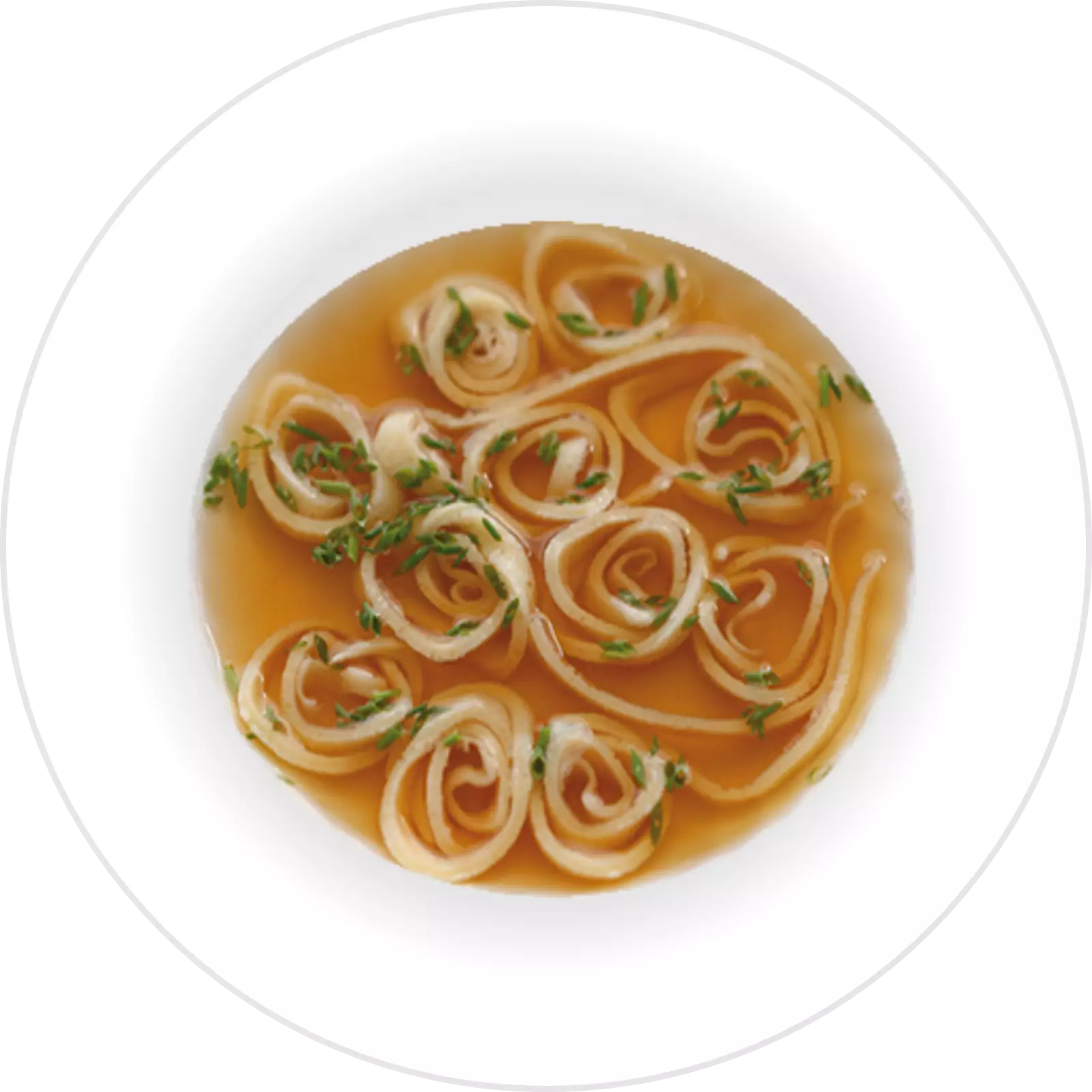
with wild duck breast, porcini mushrooms and glazed chestnuts Herb salad
with wild duck breast, porcini mushrooms and glazed chestnuts
- 150 Gramm Wildkräuter
- 4 EL Olivenöl
- 2 EL Balsamessig
- 8 Stück Wildentenbrüste (a 100g)
- 2 EL Sonnenblumenöl
- 4 EL Honig
- 1 EL Thymian
- 200 Gramm Steinpilze
- 20 gekochte Maronen
- 100 ml Apfelsaft
- 2 El Zucker
- nach Belieben Salz & Pfeffer
Clean, wash and pat dry the wild herbs. Marinate with olive oil and balsamic vinegar and season with salt and pepper.
Preheat the oven to 220°C top and bottom heat. Season the wild duck breasts with salt and pepper, sear on the meat side in a pan with sunflower oil and cook in the preheated oven for about 8 minutes on the skin side. Remove the duck breast, brush the skin side with honey and thyme and roast for another 2 minutes on a high heat until crispy.
Clean the porcini mushrooms and cut into slices. Fry in a pan in oil on both sides, remove and keep warm. Caramelise the sugar in the pan, deglaze with the apple juice and simmer until the caramel has dissolved. Add the chestnuts and add a little more apple juice if necessary.
- Pinot Blanc (trocken)
- Gutedel (trocken)
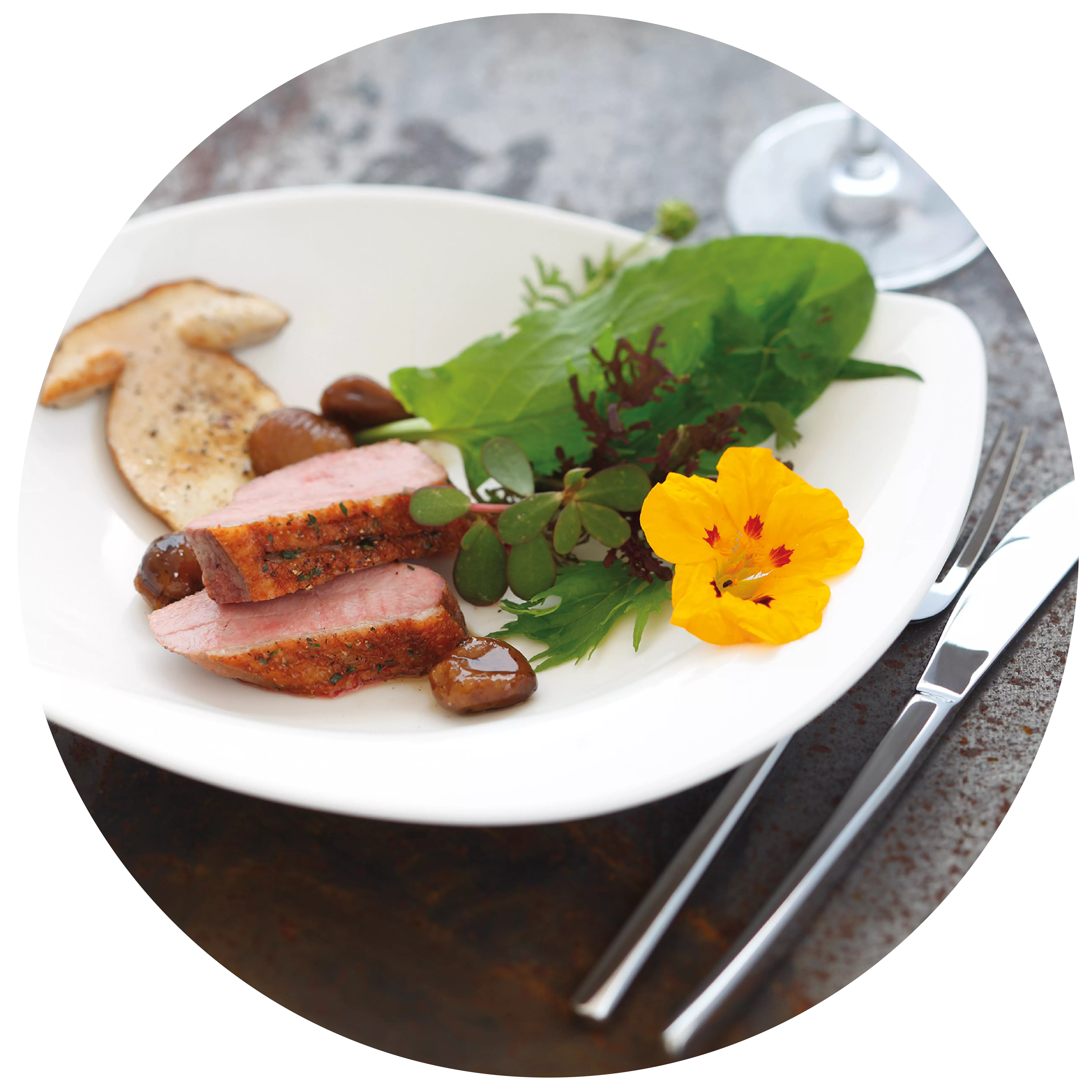
with bulgur Cabbage stew
with bulgur
- 200 Gramm Zwiebeln
- 1 ganze Knoblauchzehe
- 800 Gramm Spitzkohl
- 200 Gramm Möhren
- 400 Gramm festk. Kartoffeln
- 1 EL Kümmelsaat
- 1,5 Liter Gemüsefond
- 5 EL Olivenöl
- 2 EL Tomatenmark
- 2 EL edelsüßes Paprikapulver
- 3 TL Honig
- nach Belieben Salz & Pfeffer
- 120 Gramm grobe Bulgur
- 1 Bund Petersilie
- 4 Stiele Minze
- 1 ganze Zitrone
- 2 ganze Äpfel
- 3 EL Obstessig
Finely dice the onions and garlic. Clean, wash and quarter the cabbage, remove the stalk and roughly chop the cabbage quarters. Peel the carrots, halve lengthways and cut into approx. 2 cm wide pieces. Peel the potatoes and cut into approx. 2.5 cm pieces. Fry the carrots in a pan without fat and set aside.
Heat the vegetable stock in a small pan. Heat 3 tablespoons of oil in a large pan, sauté the cabbage in it for 10-15 minutes over a high heat until dark brown and remove from the pan.
Add the remaining oil to the pan. Fry the onions and garlic until translucent. Add the potatoes and muesli and sauté for 3-4 minutes, stirring constantly. Add the tomato purée and paprika powder and fry while stirring. Add the cabbage, honey and caraway and pour in the hot vegetable stock. Season with salt and pepper. Bring to the boil, cover and simmer for 45 minutes. Add the bulgur 20 minutes before the end of the cooking time.
Quarter the apples, remove the seeds, cut into approx. 1 cm cubes and add 10 minutes before the end of the cooking time. Pluck the herbs and chop medium-fine. Wash and dry the lemon, finely grate the zest and mix with the herbs. Flavour the stew with vinegar, salt and pepper and serve sprinkled with the herbs.
Tip: The pointed cabbage must be roasted really strongly and dark so that the aromas come out well.
- Spätburgunder / Pinot Noir (trocken)
- Trollinger (trocken)
